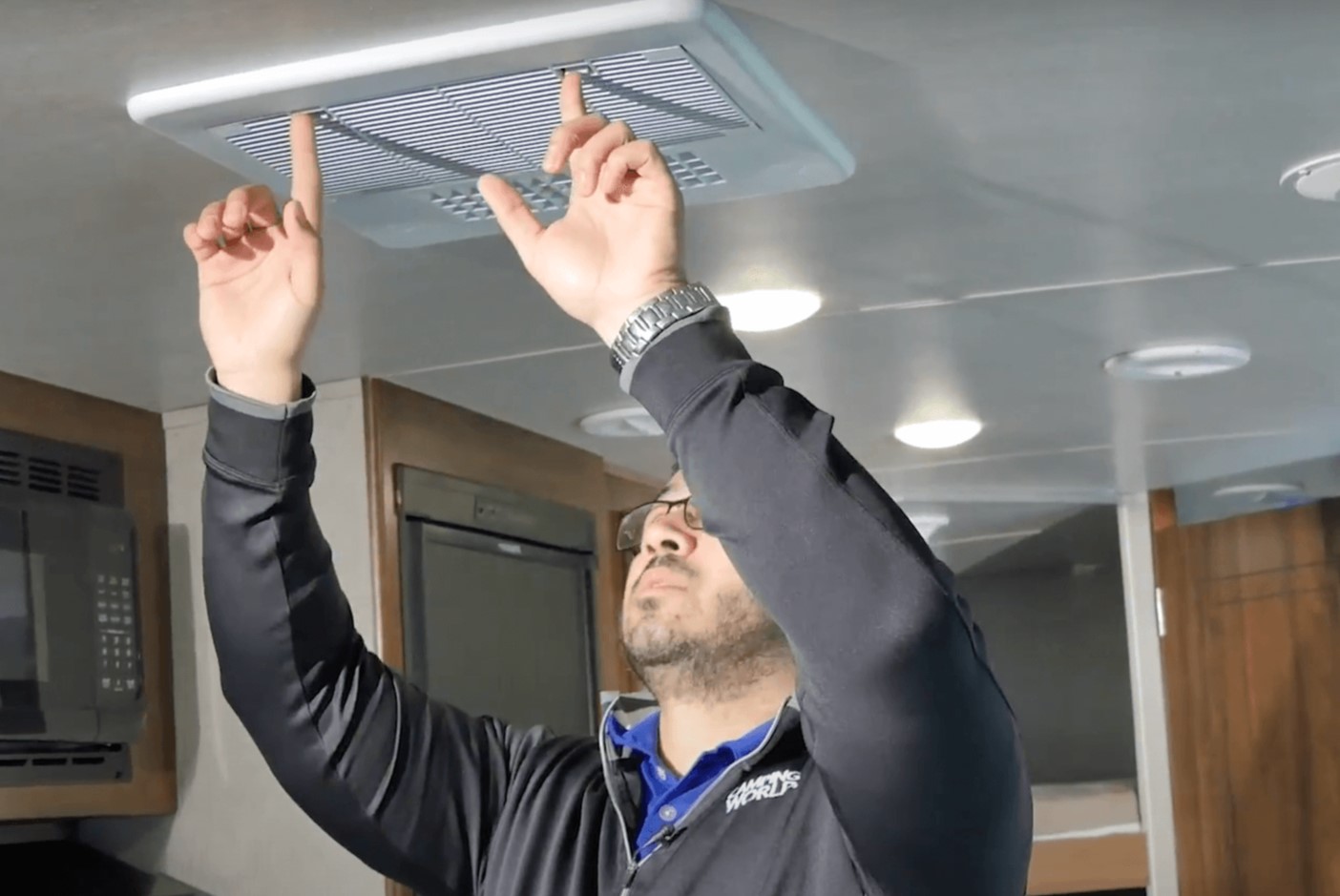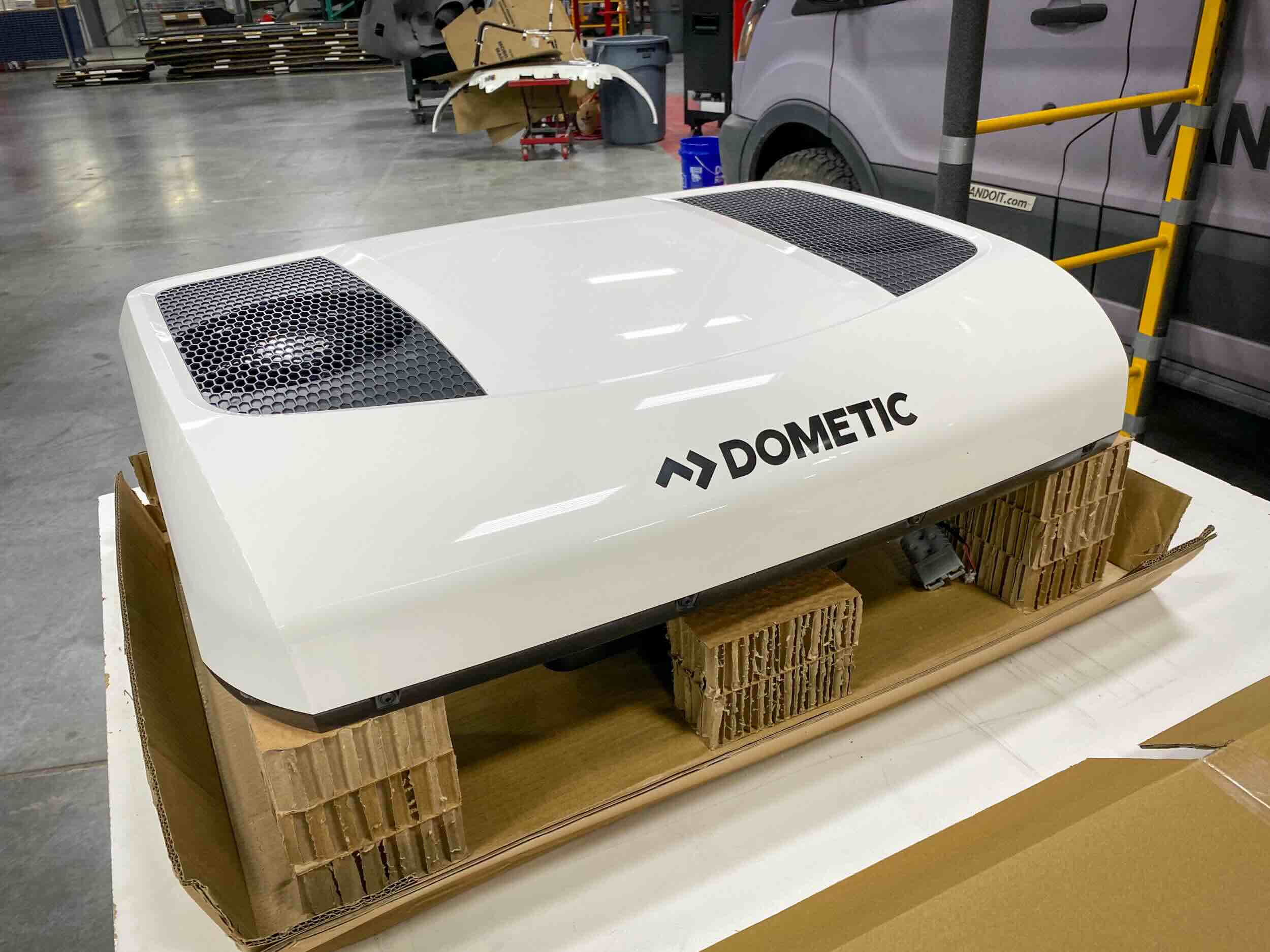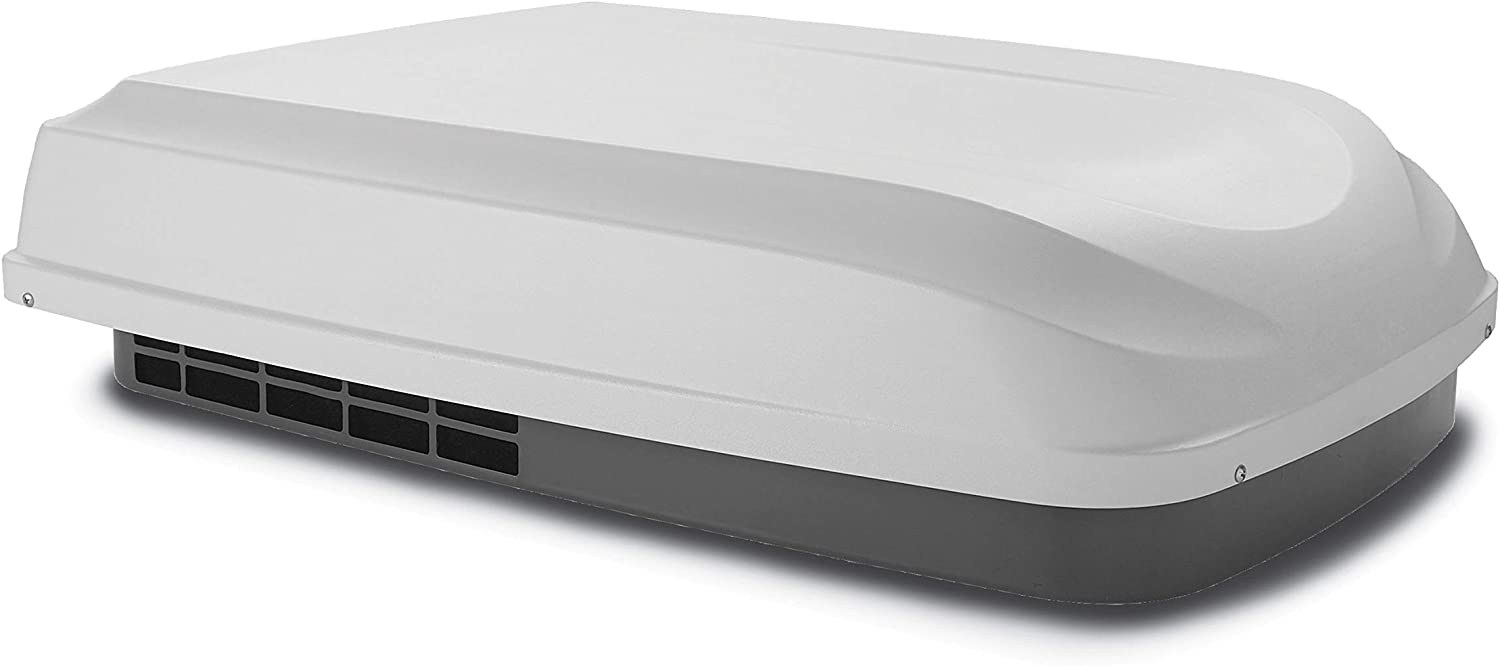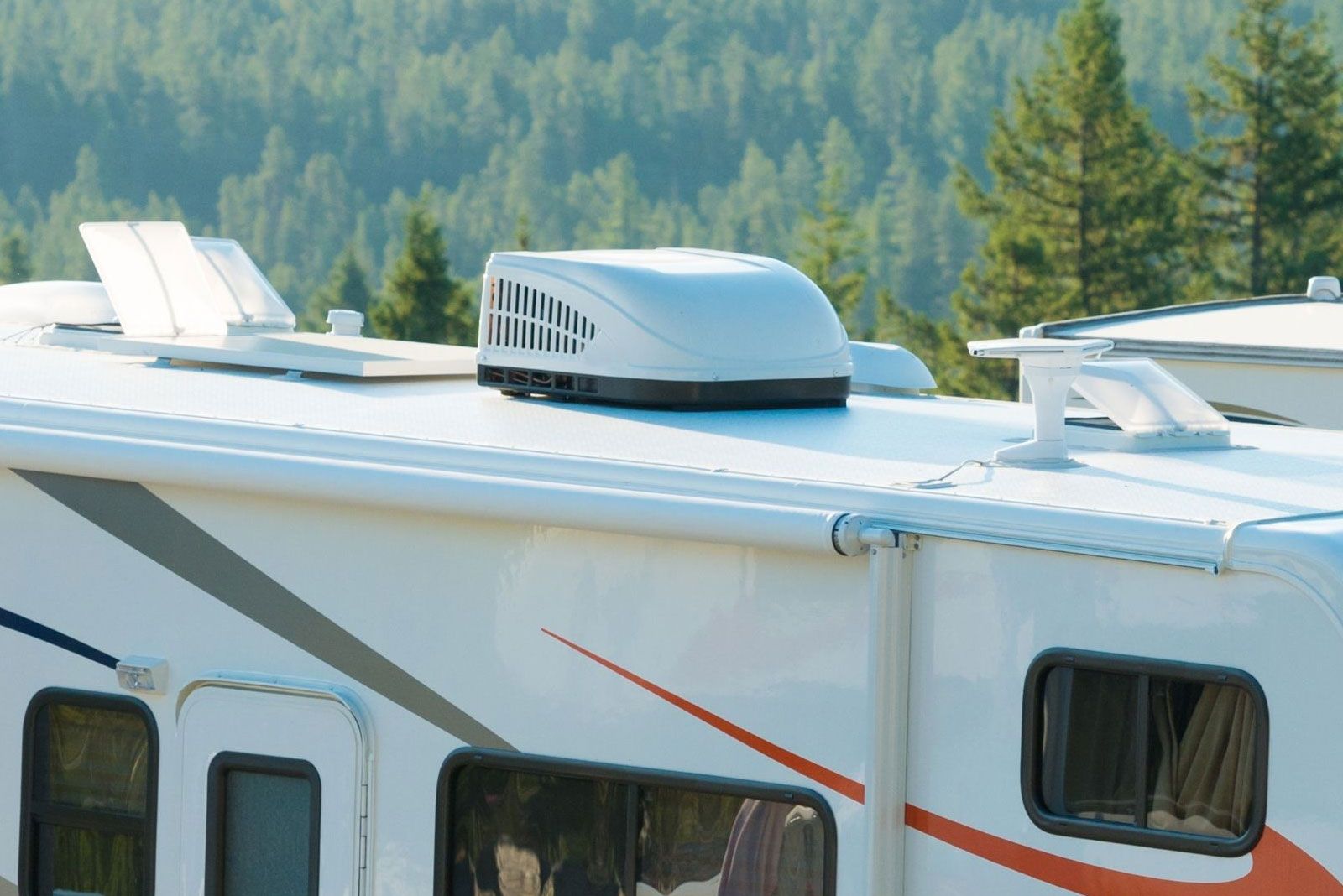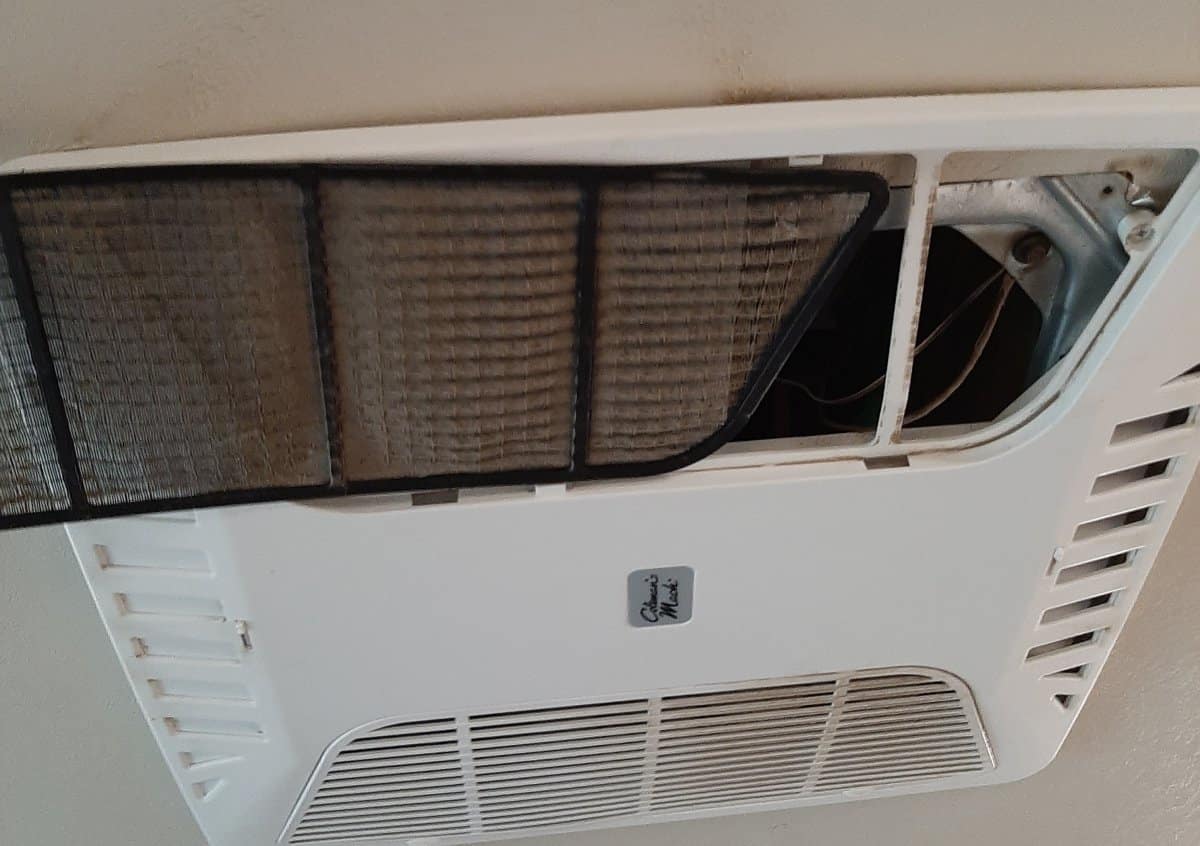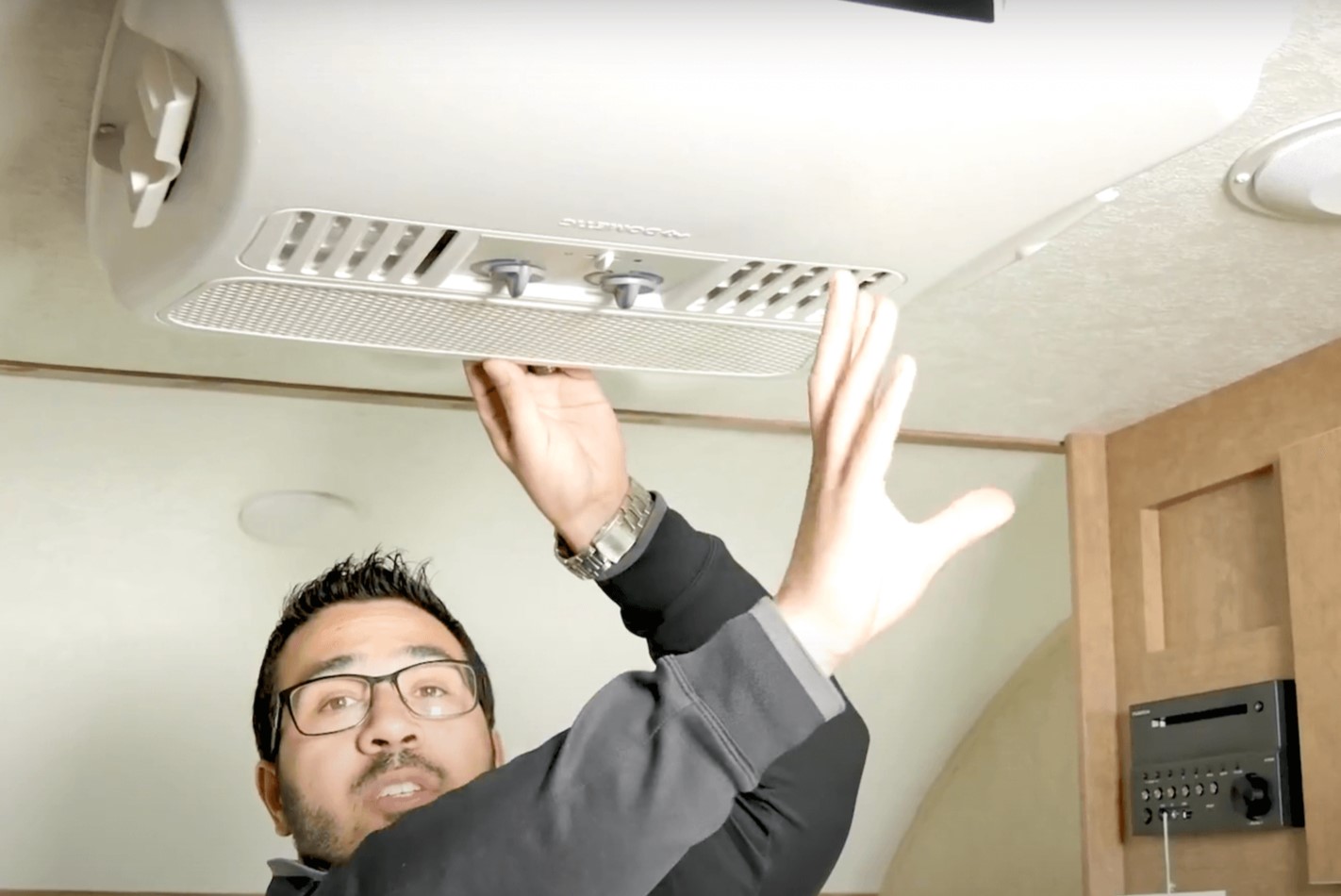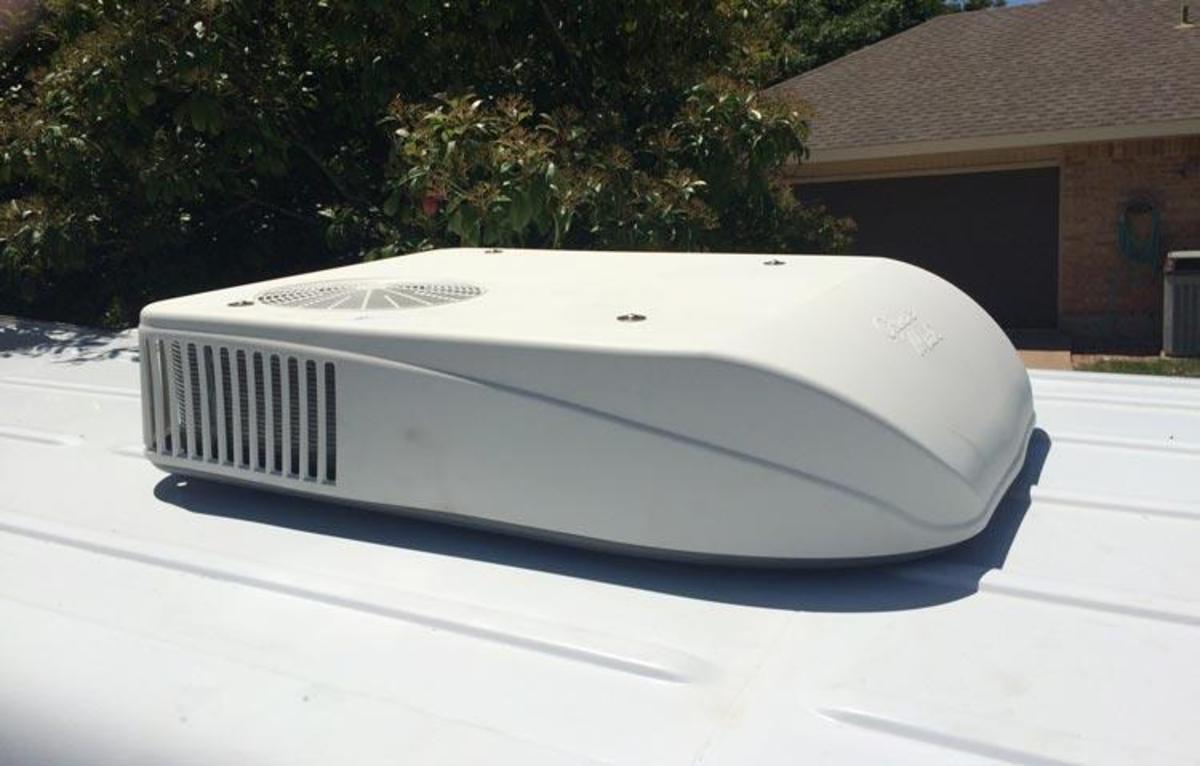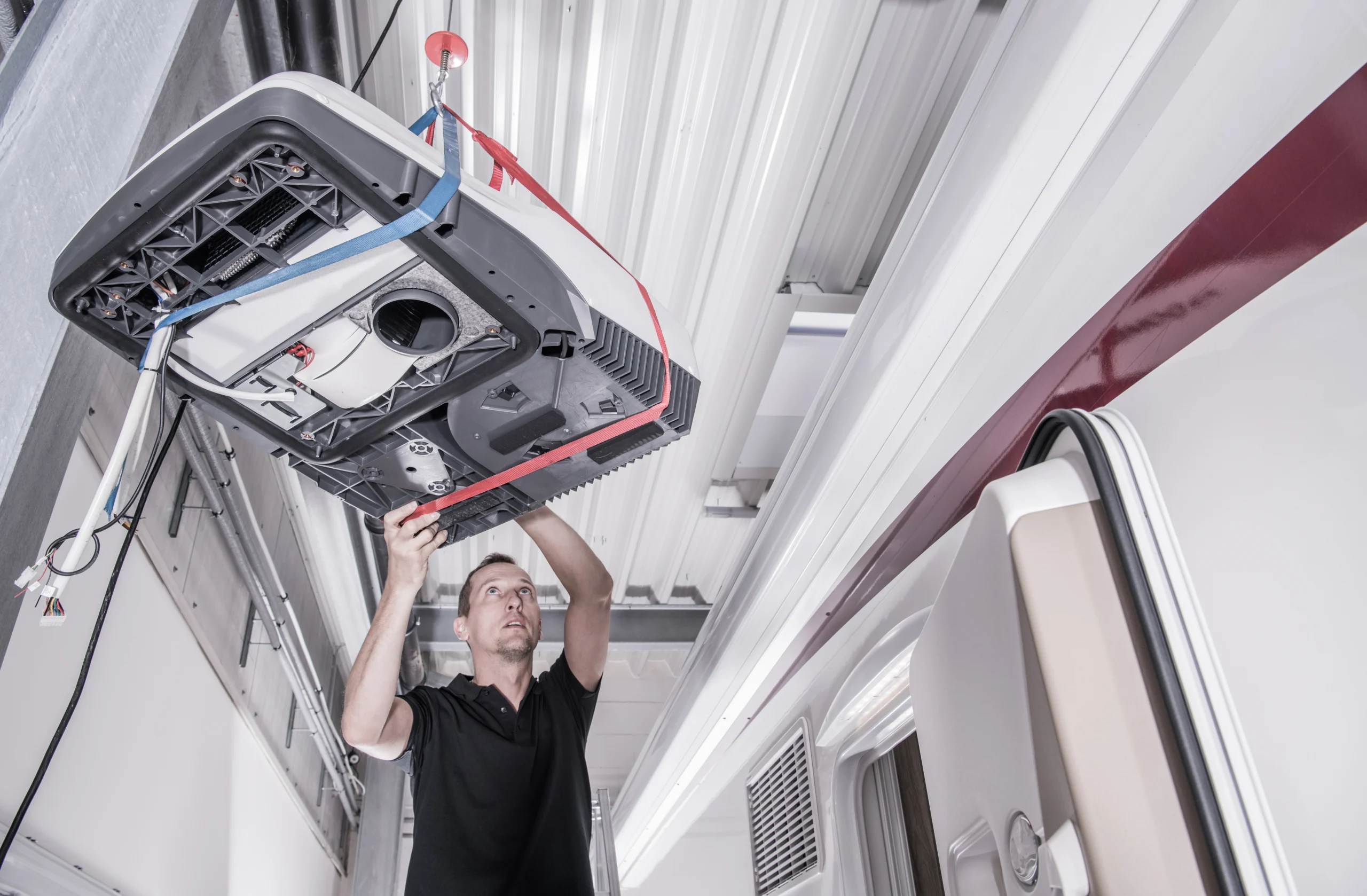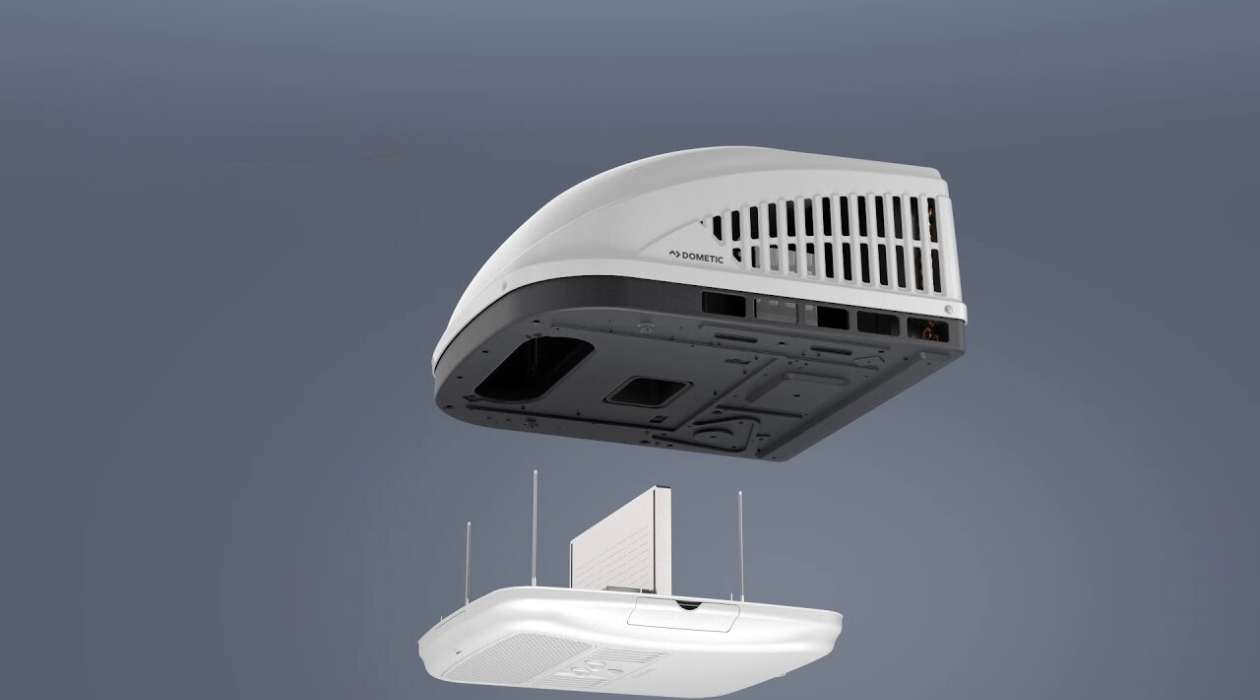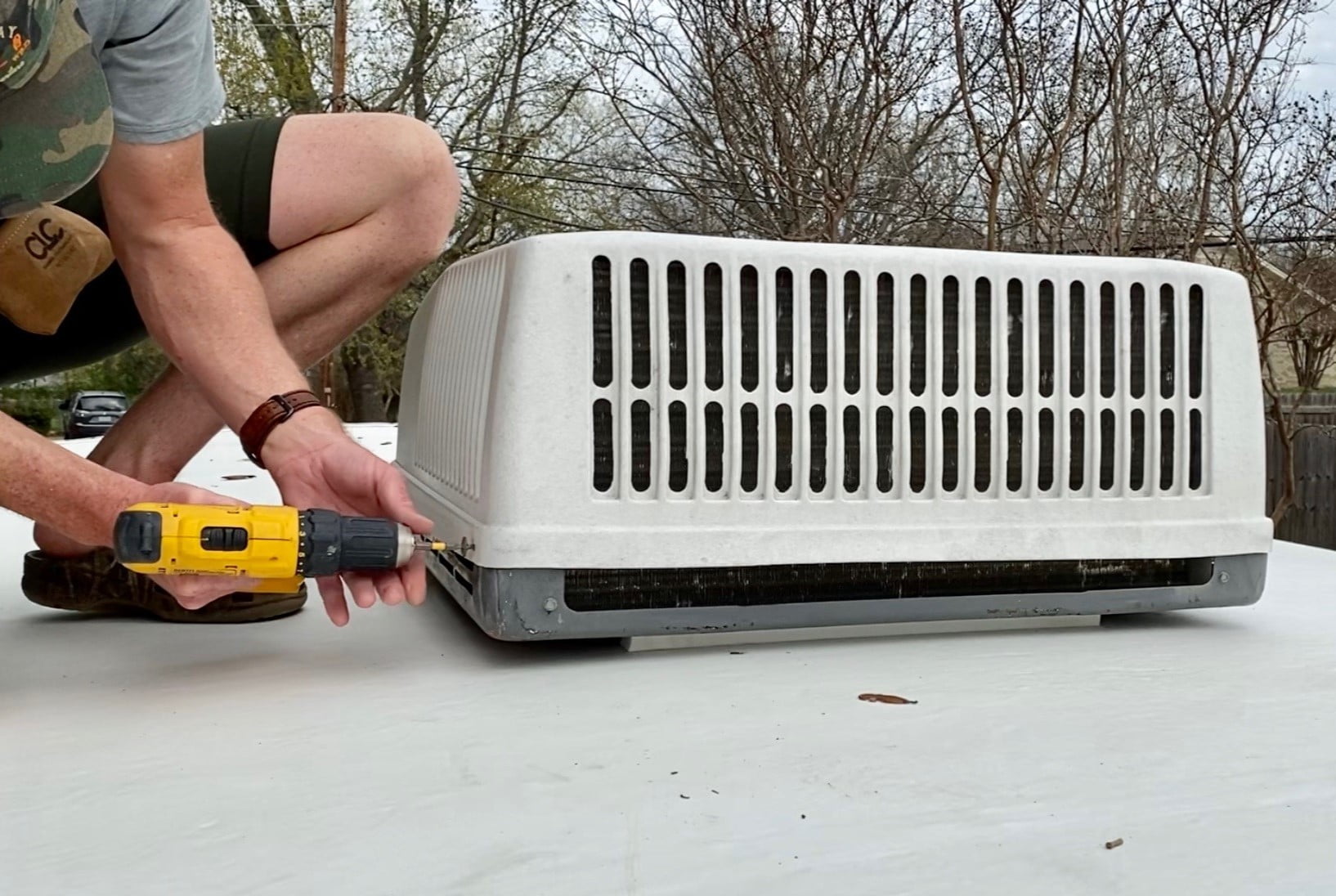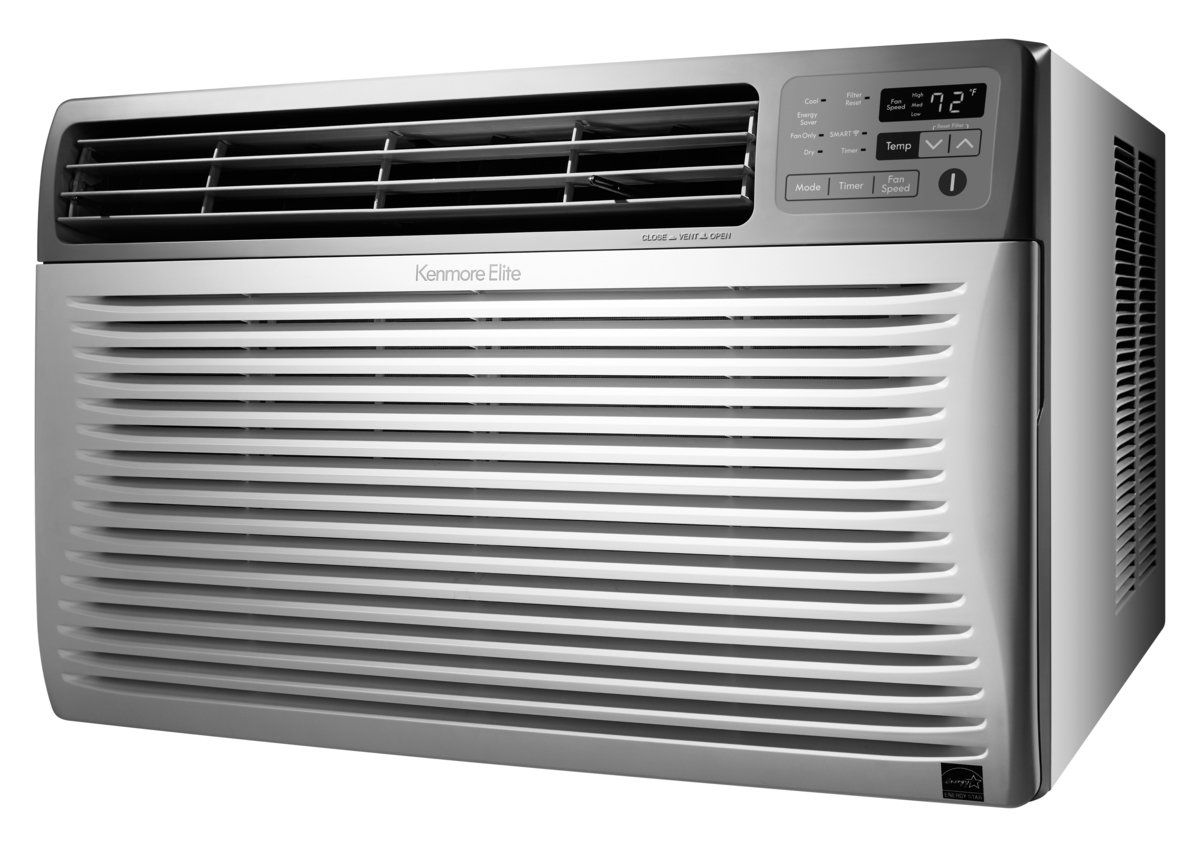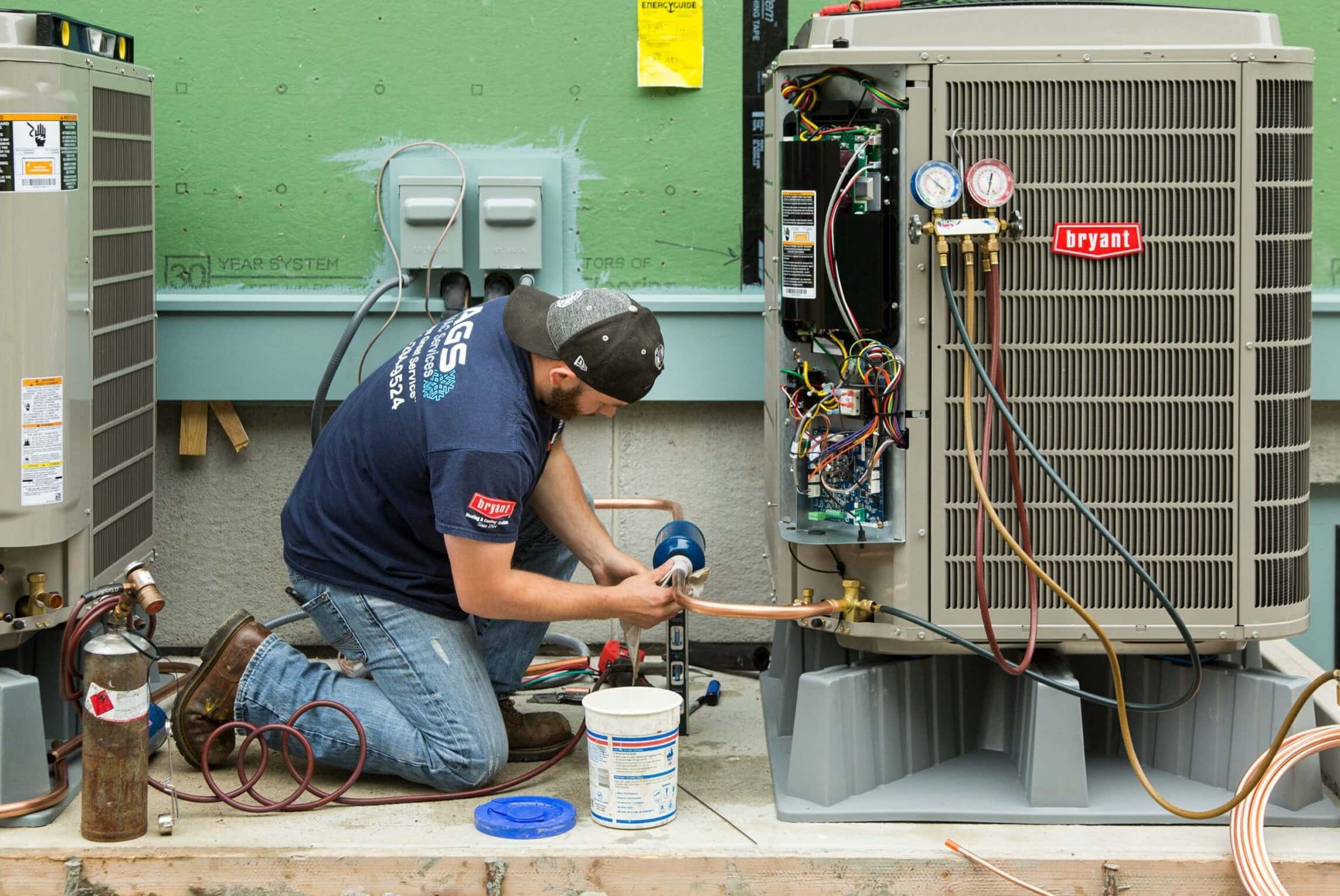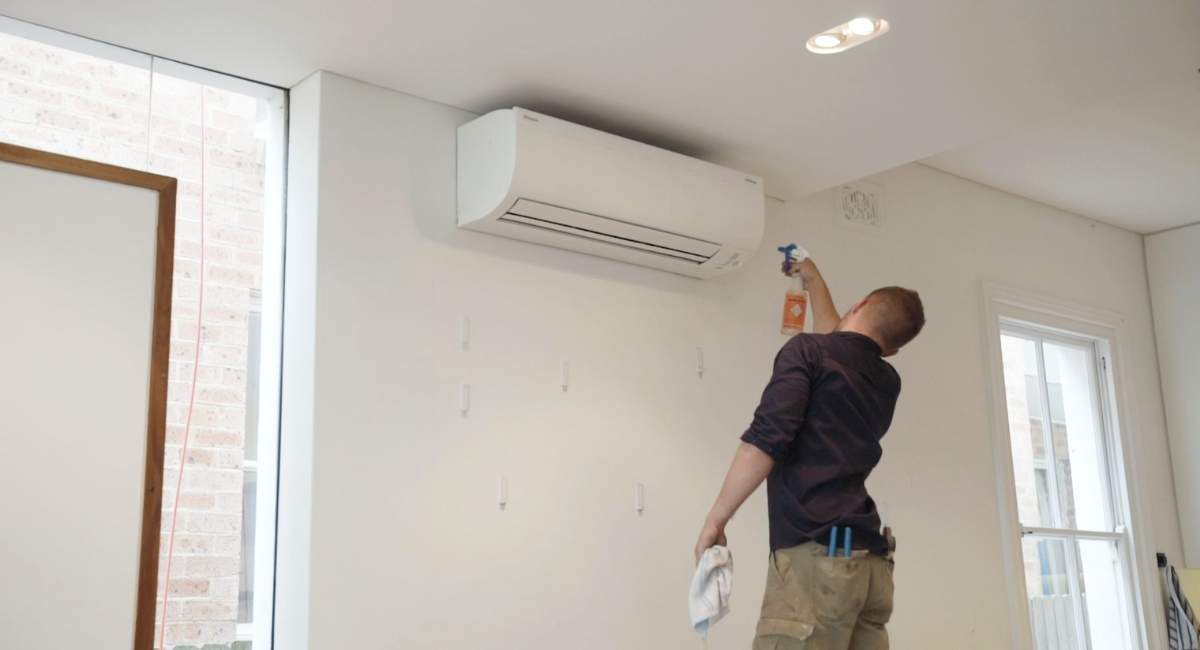Home>Home Maintenance>How To Install A Second RV Air Conditioner
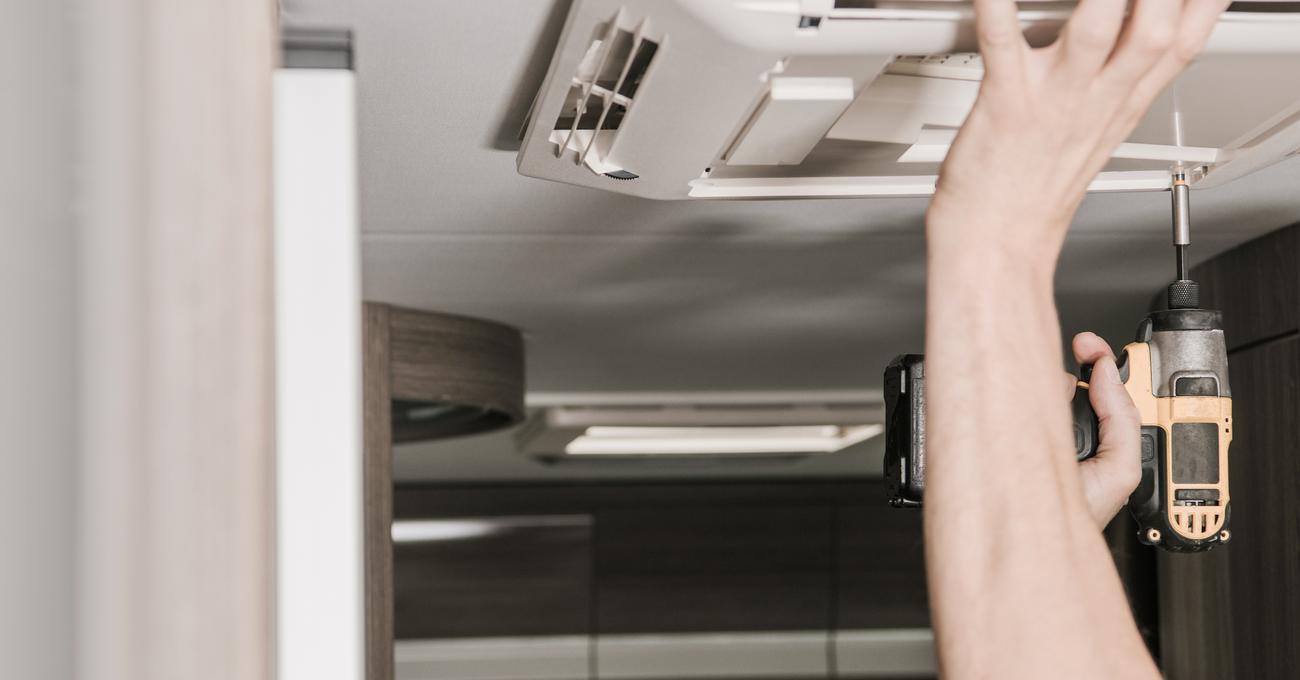

Home Maintenance
How To Install A Second RV Air Conditioner
Modified: March 7, 2024
Learn how to install a second RV air conditioner for optimal home maintenance. Expert tips and step-by-step instructions to keep your RV cool and comfortable. [home-maintenance]
(Many of the links in this article redirect to a specific reviewed product. Your purchase of these products through affiliate links helps to generate commission for Storables.com, at no extra cost. Learn more)
Introduction
Welcome to our comprehensive guide on how to install a second air conditioner in your RV. As the temperatures rise during those hot summer months, having a second air conditioner can make a world of difference in keeping your RV cool and comfortable. Whether you’re planning a long road trip or simply want to upgrade your RV’s cooling system, installing a second air conditioner can provide numerous benefits.
In this article, we will discuss the benefits of installing a second RV air conditioner, things to consider before undertaking the installation process, and a step-by-step guide to help you install it successfully.
Before we dive into the details, it’s important to note that installing a second air conditioner in an RV requires some technical knowledge and skill. If you’re not confident in your abilities, it’s recommended to seek professional help. However, if you’re up for the challenge, let’s explore the benefits and considerations of adding a second air conditioner to your RV.
Key Takeaways:
- Stay cool and comfortable during summer road trips by adding a second RV air conditioner. Enjoy enhanced cooling capacity, operational flexibility, and improved energy efficiency for a more enjoyable travel experience.
- Before installing a second RV air conditioner, consider electrical capacity, roof space, weight limitations, and ventilation. Plan for potential energy consumption and budgetary impacts while evaluating DIY versus professional installation options.
Read more: How To Recharge An RV Air Conditioner
Benefits of Installing a Second RV Air Conditioner
Adding a second air conditioner to your RV can offer a host of benefits, especially when you’re traveling to regions with hot and humid climates. Here are some key advantages of installing a second RV air conditioner:
- Increased Cooling Capacity: One of the main benefits of having a second air conditioner is the increased cooling capacity it provides. With two units working simultaneously, you can effectively cool a larger RV or maintain a comfortable temperature even during scorching heatwaves.
- Enhanced Comfort: Two air conditioners distribute cool air more evenly throughout the RV, ensuring that every corner is kept comfortable. This is particularly beneficial if you have a large family or frequently host guests in your RV.
- Operational Flexibility: Having a second air conditioner offers you more flexibility in managing your RV’s cooling system. On days when the temperature isn’t too extreme, you can choose to operate only one unit to conserve energy. However, when the heat becomes unbearable, you have the option to maximize the cooling power by running both air conditioners simultaneously.
- Improved Energy Efficiency: While it may seem counterintuitive, a properly installed second air conditioner can actually improve energy efficiency. Instead of overworking a single air conditioner to cool the entire RV, two units can share the workload, resulting in more efficient cooling and potentially lower energy consumption.
- Less Strain on the System: With two air conditioners distributing the cooling load, each unit doesn’t have to work as hard, reducing the strain on the system and potentially extending the lifespan of your air conditioning units.
These benefits make adding a second air conditioner to your RV a worthwhile investment, especially if you frequently camp in areas with high temperatures or have a larger RV that requires additional cooling power.
Things to Consider Before Installing a Second RV Air Conditioner
Before jumping into the installation process, there are several important factors to consider. These will help ensure a successful and efficient installation of a second air conditioner in your RV. Let’s take a look:
- Electrical Capacity: Check if your RV’s electrical system can handle the additional power demand of a second air conditioner. Consult your RV’s manual or an electrician to determine if any modifications are necessary to accommodate the increased electrical load.
- Roof Space: Assess the available roof space on your RV. Make sure there is enough room to install the second air conditioner without obstructing other components, such as vents, antennas, or solar panels.
- Weight Limit: Consider the weight limitations of your RV’s roof. Adding a second air conditioner will increase the overall weight, so ensure your RV can safely support the additional load.
- Ventilation: Proper ventilation is crucial for maintaining the efficiency of your air conditioning units. Check if your RV’s current ventilation system can accommodate the second air conditioner, or if any modifications are needed.
- Ductwork: Evaluate your RV’s existing ductwork system. Determine if it can effectively distribute cool air from both air conditioners throughout the RV. If modifications are required, ensure they are done properly to maintain optimal airflow.
- Energy Consumption: Consider the impact of a second air conditioner on your RV’s energy consumption. Having two units running simultaneously may require more power, resulting in higher energy bills. Plan your electrical usage accordingly and consider investing in energy-efficient units to mitigate this.
- Budget: Factor in the cost of purchasing and installing a second air conditioner, along with any necessary modifications or upgrades, when creating your budget. Take into account both initial expenses and potential long-term savings in energy efficiency.
- DIY or Professional Installation: Assess your skills and comfort level with RV maintenance and repair. Installing a second air conditioner can be complex and may require specialized tools. If you’re not confident in your abilities, hiring a professional for the installation is a wise decision.
Considering these factors before proceeding with the installation will help you determine the feasibility and potential challenges involved. It’s crucial to ensure that your RV is ready to accommodate a second air conditioner and that you’re prepared for the necessary steps and potential costs.
Make sure to check the electrical capacity of your RV before installing a second air conditioner to ensure it can handle the extra load. It’s important to consult with a professional to ensure proper installation and avoid any potential damage to your RV.
Step-by-Step Guide to Installing a Second RV Air Conditioner
Installing a second air conditioner in your RV can be a complex process that requires careful planning and precise execution. Here is a step-by-step guide to help you through the installation:
- Choose the Right Air Conditioner: Select a second air conditioner that is compatible with your RV’s electrical system, roof space, and ventilation. Consider factors such as cooling capacity, energy efficiency ratings, and noise levels.
- Prepare the Roof: Clean the roof thoroughly and ensure there are no existing leaks or damage. Measure and mark the installation location for the second air conditioner, taking into account clearance from other components.
- Install Roof Supports: If your RV’s roof requires additional support for the second air conditioner, install roof supports or brackets according to the manufacturer’s instructions. This will ensure the weight of the unit is properly distributed.
- Create an Access Hole: Drill a hole in the roof for running the necessary wiring and ductwork for the second air conditioner. Use appropriate sealant around the hole to prevent water leaks.
- Mount the Air Conditioner: Carefully place the air conditioner onto the roof, aligning it with the marked installation location. Secure it in place using the provided mounting hardware, ensuring a tight and secure fit.
- Connect Wiring and Ductwork: Install the necessary wiring and ductwork to connect the second air conditioner to your RV’s electrical system and ventilation system. Follow the manufacturer’s instructions for proper installation and make sure all connections are secure.
- Test and Insulate: Before sealing the roof, test the installation by turning on the second air conditioner to ensure it is functioning properly. Once confirmed, insulate the opening around the air conditioner to prevent air leaks and improve energy efficiency.
- Seal and Waterproof: Apply an appropriate sealant around the edges of the air conditioner and any other openings or joints to prevent water leaks. This step is crucial to protect your RV from water damage.
- Final Checks: Double-check all the connections, seals, and mounting hardware to ensure everything is secure and in proper working order. Clean up any debris or materials from the installation process.
- Enjoy the Cooling Comfort: With the installation complete, you can now enjoy the benefits of having a second air conditioner in your RV. Stay cool and comfortable during your travels!
Remember, this guide is meant to provide a general overview of the installation process. It’s crucial to refer to the specific instructions provided by your air conditioner’s manufacturer and, if necessary, consult with a professional to ensure a successful and safe installation.
Conclusion
Installing a second air conditioner in your RV can significantly improve your comfort during hot summer days and provide better cooling capacity for your RV. However, it’s essential to carefully consider the electrical capacity, roof space, weight limitations, ventilation, ductwork, energy consumption, and budget before undertaking this project.
By following the step-by-step guide and consulting with professionals if needed, you can successfully install a second air conditioner in your RV. Remember to choose a unit that suits your RV’s specifications and ensure proper installation and insulation to maximize its efficiency.
Having a second air conditioner offers various benefits, including increased cooling capacity, enhanced comfort, improved energy efficiency, and less strain on the system. However, it’s important to weigh the costs and benefits, considering your specific RV usage and climate conditions.
Whether you decide to install a second air conditioner yourself or hire a professional, proper planning and execution are key. Take the time to evaluate your RV’s requirements, make necessary preparations, and follow the installation process diligently to ensure a successful and enjoyable cooling experience.
Now, armed with this comprehensive guide, you can make an informed decision and take the necessary steps to install a second air conditioner in your RV. Stay cool and comfortable on your next adventure!
Frequently Asked Questions about How To Install A Second RV Air Conditioner
Was this page helpful?
At Storables.com, we guarantee accurate and reliable information. Our content, validated by Expert Board Contributors, is crafted following stringent Editorial Policies. We're committed to providing you with well-researched, expert-backed insights for all your informational needs.
